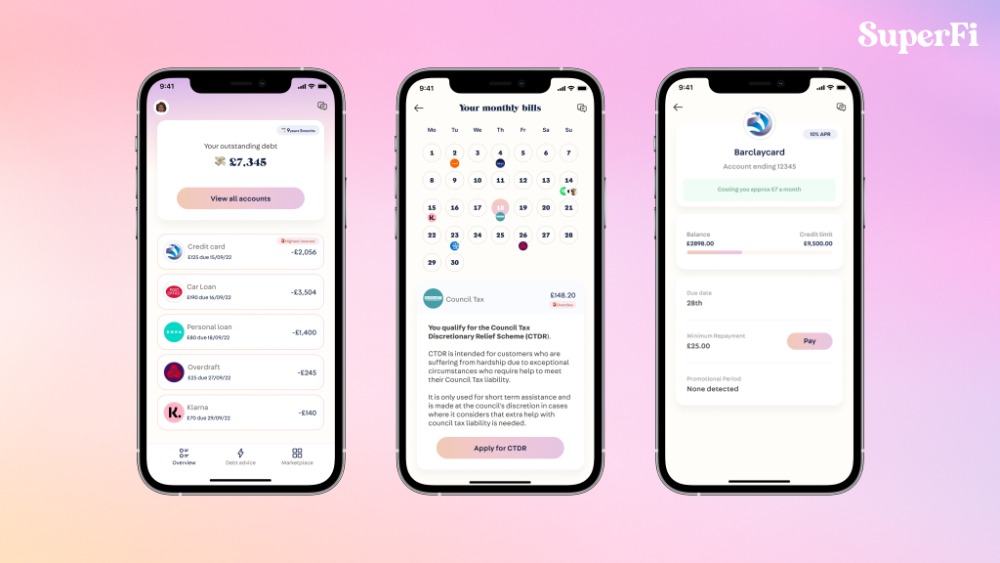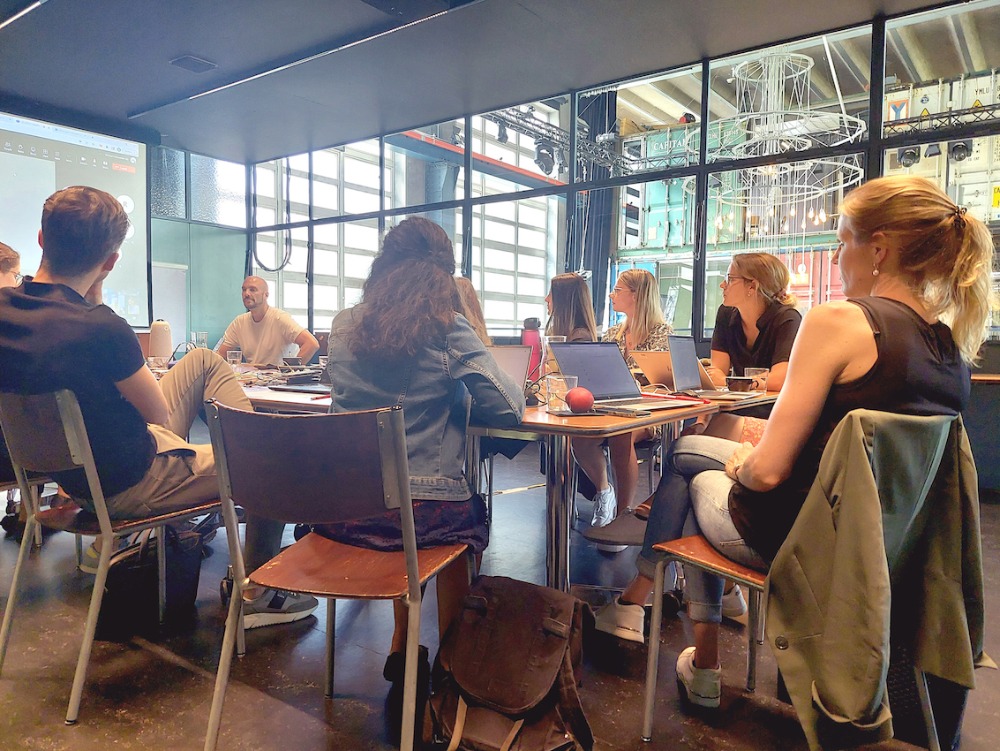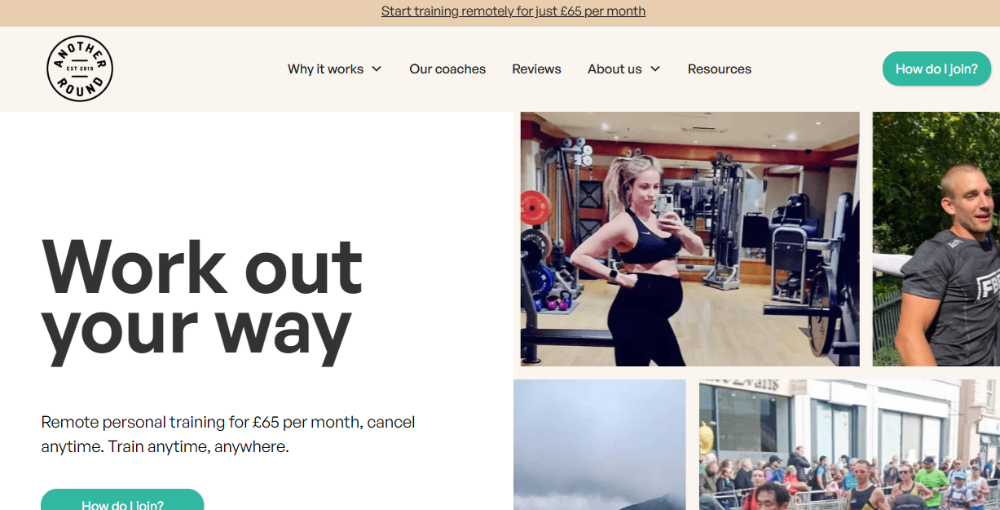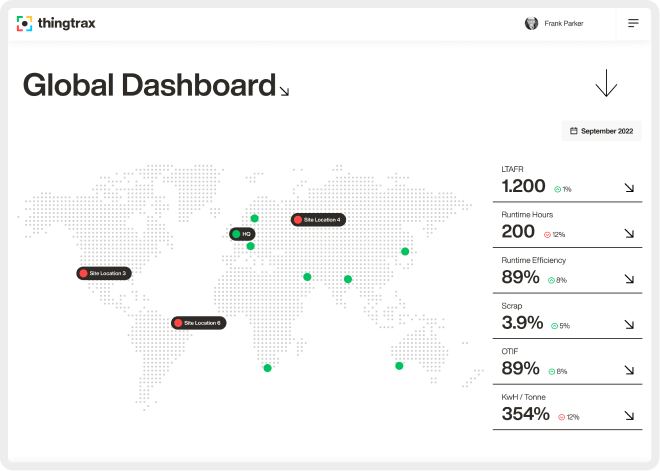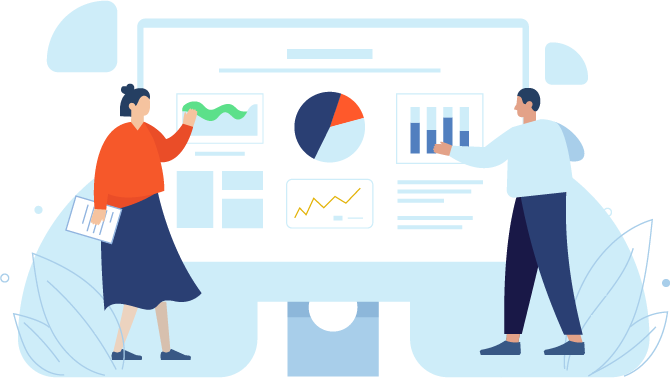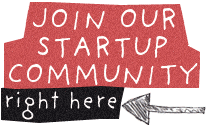Remote-work surveillance: technology versus trust

by Startacus Admin
With tech surveillance of remote employees becoming increasingly common, Natalie Cramp, CEO of Profusion explores how employers can strike the right balance between technology and trust.
Keystroke tracking. Facial recognition. Real-time screenshots. There's an ever-growing list of software tools businesses can use to keep a tight tab on employees, wherever they are. But as the widespread shift to remote working sees more businesses pivot to surveillance, what does it mean for privacy, and do companies run the risk of taking it too far? Here, Natalie Cramp, CEO of Profusion explores how to strike the right balance between technology and trust.
 As companies scramble to allow their employees to work from home while maintaining a high level of productivity, recent times have seen a steep rise in monitoring software.
As companies scramble to allow their employees to work from home while maintaining a high level of productivity, recent times have seen a steep rise in monitoring software.
According to a new study, 60 percent of employees report being subject to some form of technological surveillance and monitoring at their current or most recent job. Almost a third reported that surveillance has increased since the start of the remote working shift.
Today, applications such as StaffCop, CleverControl and Time Doctor can track an employee’s computer keystrokes, take screenshots and record screens, sometimes even without their knowledge.
More controversial solutions include Microsoft’s ‘productivity score’, allowing managers to see which 365 products employees are using and for how long. This sits alongside the developing facial recognition category, enabling firms to monitor employees and ensure they are at their desks when they are supposed to be.
While some businesses may believe that this type of tracking software is necessary to both monitor and assess the productivity of their workforce, others parties have rightly raised concerns over what the slow creep of this technology means for employee privacy. This is seen as the Trades Union Congress, the UK’s largest federation of trade unions, warns that the current rate of staff surveillance is at risk of “spinning out of control.”
For businesses seeking to strike the balance between better home-based employee visibility and, in turn, good data ethics, the question begs then – how can you get it right?
Start with why
 As with all data exchanges, there needs to be thought put into why this equipment is necessary, the benefits for both sides and if this is the right method. Whilst there can be benefits, in most business environments very little can replace creating a high trust culture and having strong and consistent line management. In industries for example where timesheeting already exists, these offer a view of where employees spend their time, when they are working too many hours for their wellbeing, and when perhaps someone is needing guidance as things are taking longer than you would expect. Certainly in these environments I think you need to question whether there is a strong enough business case on either side to merit adding surveillance technology into the mix. If you do believe there is a business case to proceed, then there are some things to think about.
As with all data exchanges, there needs to be thought put into why this equipment is necessary, the benefits for both sides and if this is the right method. Whilst there can be benefits, in most business environments very little can replace creating a high trust culture and having strong and consistent line management. In industries for example where timesheeting already exists, these offer a view of where employees spend their time, when they are working too many hours for their wellbeing, and when perhaps someone is needing guidance as things are taking longer than you would expect. Certainly in these environments I think you need to question whether there is a strong enough business case on either side to merit adding surveillance technology into the mix. If you do believe there is a business case to proceed, then there are some things to think about.
Beyond compliance
Technology always moves faster than the law. Added to this, of course, with the pandemic having fast-tracked remote working at lightning speed, it has left even less time than usual to draw up data protection legislation that specifically addresses the issue of employee surveillance.
Currently, under the 2018 General Data Protection Regulation (GDPR), employers are able to process employee data if they can justify its importance is greater than that of the interests of workers. While not the most concrete of frameworks, get it wrong and employees shown to be exploiting employee privacy could face excessive fines, not to mention grave reputational damage.
Further but equally limited guidance comes in the Employment Practices Code, with the Information Commissioner’s Office (ICO) currently reviewing a more apt point of reference amid the radical working shift.
For the time being though, the onus remains very much on businesses to look beyond compliance and ensure they go the extra mile to ensure any monitoring investment is applied and used ethically.
Privacy versus productivity
.jpg) The good news is that, as monitoring becomes the ‘new normal’ for remote workers, employees are becoming more comfortable with it – but only if used in the right way. This is seen in a recent report that revealed 30 percent of employees were happy with monitoring, a figure which increased 50 percent when the rationale behind monitoring was explained.
The good news is that, as monitoring becomes the ‘new normal’ for remote workers, employees are becoming more comfortable with it – but only if used in the right way. This is seen in a recent report that revealed 30 percent of employees were happy with monitoring, a figure which increased 50 percent when the rationale behind monitoring was explained.
Here, it’s about being transparent and fair. If choosing to go down the surveillance route, businesses should be open with their workforce from the offset, explaining how they came about the decision, what data will be collected and how it will be used. Involving employees in this way will build a foundation of trust from the start, help employees feel much more comfortable and understand benefits to them and their employer. As with all sharing of data, it needs to be a value exchange. In addition, this ensures employees can truly give proper consent, as they can only do that if they fully understand what is being asked.
Done correctly, what’s positive is that this technology can actually bring many positive employee benefits. In many cases it can spur employees to work harder and more efficiently in the knowledge that their efforts will be duly recognised. In this way too, it can make it easier to stay on top of performance targets and reward staff on proven progress. It can also go a long way in helping managers identify and address worrying trends such as regular overworking in order to promote health and wellbeing.
Lastly, employers must ensure employees are able to easily disconnect from all associated monitoring equipment when off the clock. This is especially important amid the impending employee bill to give workers the right to disconnect all work equipment and properly switch off outside of working hours.
There is no doubting the continued role surveillance will play in helping businesses maintain a tighter leash on operations amid diminished human contact. However, it is important to remember that there is a fine line between ensuring productivity gains and encroaching on employee privacy, one which must be carefully navigated through a transparent, open approach that goes beyond compliance. Those who go the extra mile in this way will ensure a happier and more productive workforce - on and off the camera.
.jpg) ABOUT THE AUTHOR
ABOUT THE AUTHOR
Natalie Cramp is a data and startup operations expert. She has more than a decade of experience leading private, public and third sector organisations through significant periods of innovation and change. This includes creating and scaling tech solutions for government organisations and developing the digital capability of third sector organisations. Currently, Natalie is the CEO of data science company Profusion. At Profusion she leads a team of consultants, data scientists, data architects, developers and digital marketing experts. She is responsible for Profusion’s strategic direction, expansion of its product offering and the growth of its blue-chip client base.
Subscribe to our newsletter
If you would like to receive our startup themed newsletter, full of the latest startup opportunities, events, news, stories, tips and advice, then sign up here. How Manufacturing Businesses Can Reduce Energy Costs
How Manufacturing Businesses Can Reduce Energy CostsGot a business in the manufacturing sector? These tips on how you can reduce energy costs while being more sustainable are well worth a read...
 SureIn Secures €4M to Close the SMB Insurance Gap
SureIn Secures €4M to Close the SMB Insurance GapInnovative InsurTech startup SureIn announces a €4M Seed round to further its mission of making insurance easy, transparent and hassle-free for SMBs.
 How IoT Is Revolutionising Consumers' Daily Lives
How IoT Is Revolutionising Consumers' Daily Lives Nassia Skoulikariti, Director of IoT Programmes, Mobile Ecosystem Forum shares some insights on how IoT is having a significant impact on all our lives.
 How to invest in tech companies with the help of AI
How to invest in tech companies with the help of AIRoger James Hamilton, Founder and CEO of Genius Group, a world-leading entrepreneur Edtech and education group, discusses how introducing a globalized curriculum will help better prepare students.
 SuperFi raises $1M pre-seed funding round
SuperFi raises $1M pre-seed funding roundSuperFi, the debt prevention platform, has announced a $1m pre-seed funding round to support people during the cost of living crisis.
 Startups rely on AI & sustainability for new partnerships
Startups rely on AI & sustainability for new partnerships41 startups from 13 countries, including the UK, have been selected for the 8th Kickstart Innovation program, one of Europe’s leading innovation platforms.
 Another Round closes £300k Seed round to revolutionise personal training
Another Round closes £300k Seed round to revolutionise personal trainingPersonal training platform Another Round has secured £300k in its latest fundraise, including investment from angels and its community.
 Thingtrax Secures £4.3M
Thingtrax Secures £4.3MThingtrax Secures £4.3M to Empower Manufacturers to Build the Factories of the Future
 A measure of inflation relief for small firms
A measure of inflation relief for small firmsA measure of inflation relief for small firms sees transport costs fall but service price increases remain elevated
 A look at HR tech startup HR DataHub
A look at HR tech startup HR DataHubBedfordshire-based HR tech startup HR DataHub has built a range of tools for HR departments
Published on: 8th June 2022
If you would like to enable commenting via your Startacus account, please enable Disqus functionality in your Account Settings.
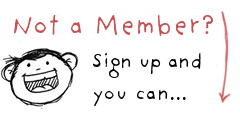






- SureIn Secures €4M to Close the SMB Insurance Gap 15th Aug 2023 Innovative InsurTech startup SureIn announces a €4M Seed round to further its mission of making insurance easy, transparent and hassle-free for SMBs.
- SuperFi raises $1M pre-seed funding round 28th Jul 2023 SuperFi, the debt prevention platform, has announced a $1m pre-seed funding round to support people during the cost of living crisis.
- Startups rely on AI & sustainability for new partnerships 27th Jul 2023 41 startups from 13 countries, including the UK, have been selected for the 8th Kickstart Innovation program, one of Europe’s leading innovation platforms.
- Another Round closes £300k Seed round to revolutionise personal training 21st Jul 2023 Personal training platform Another Round has secured £300k in its latest fundraise, including investment from angels and its community.
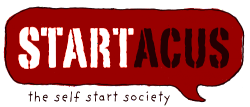







 Daniel Dierkes, David Schara, and Maximilian Geißinger 2.jpeg)
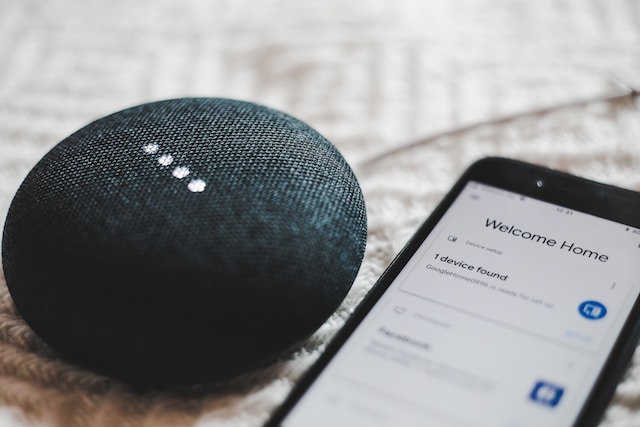
.jpg)
